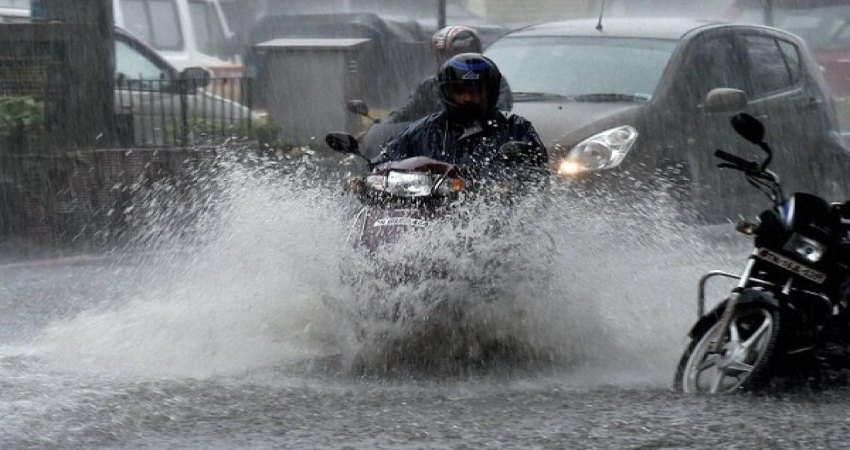Cyclone Michaung, which recently ravaged the southern Indian state of Tamil Nadu, serves as a stark reminder of the increasing frequency and intensity of climate-related disasters.
As we witness the heart-wrenching scenes of destruction, displacement, and despair, it’s crucial to introspect and address the glaring gaps in our disaster preparedness and response mechanisms.
I am not surprised by the number of natural calamities hitting the country; many of these are a culmination of emissions leading to climate change.
India has faced climate disasters almost every month across different parts of the country. I recall here a report published by a New Delhi-based think tank, CSE, on climate, “India witnessed climate incidents every 2 days in the first nine months of 2023.”
In the case of Mihaung, I understand it is too early to assess the damage in Tamil Nadu. Partially because the cyclone is still active, and is now heading towards Andhra Pradesh. It may take weeks before we get our hands on the broader damage assessment. However, going by the historical data, I am sure it will climb to several crores of rupees.
While India has made advancements in climate disaster prediction, it consistently falls short in effectively managing these events. This failure stems from a combination of factors, including:
- Inadequate Awareness: Many communities lack basic awareness about climate risks and preparedness measures.
- Data Deficiency: The absence of comprehensive climate data hampers effective planning and resource allocation.
- Untrained Local Officials: Local administration personnel often lack the necessary training to handle climate emergencies.
- Bureaucratic Hurdles: Multi-layered decision-making processes hinder prompt and decisive action.
These shortcomings result in devastating consequences, including loss of lives, livelihoods, and property, disproportionately affecting the marginalized and economically vulnerable.
The recently established Loss and Damage fund at COP 28 offers a glimmer of hope for developing nations like India to rebuild post-disaster. However, accessing this support may take months.
To truly address the climate crisis, we must initiate comprehensive reforms, starting with:
- Enhanced Disaster Management Plans: Develop detailed and localized disaster management plans tailored to specific regions and risks.
- Frontline Worker Upskilling: Provide comprehensive training to frontline personnel involved in disaster response and relief efforts.
- Sustainable Town Planning: Implement sustainable urban planning principles that integrate climate resilience measures.
- Climate Awareness Campaigns: Conduct extensive awareness campaigns to educate communities about climate risks and preparedness.
- Local Climate Data Repositories: Establish local climate data repositories to inform decision-making and preparedness strategies.
Effective disaster management is not solely the responsibility of the government. It requires a collective effort involving the corporates, technology companies, and individuals.
The time for complacency is over. We must adapt to the climate-vulnerable reality we face and work together to build a more resilient future.











